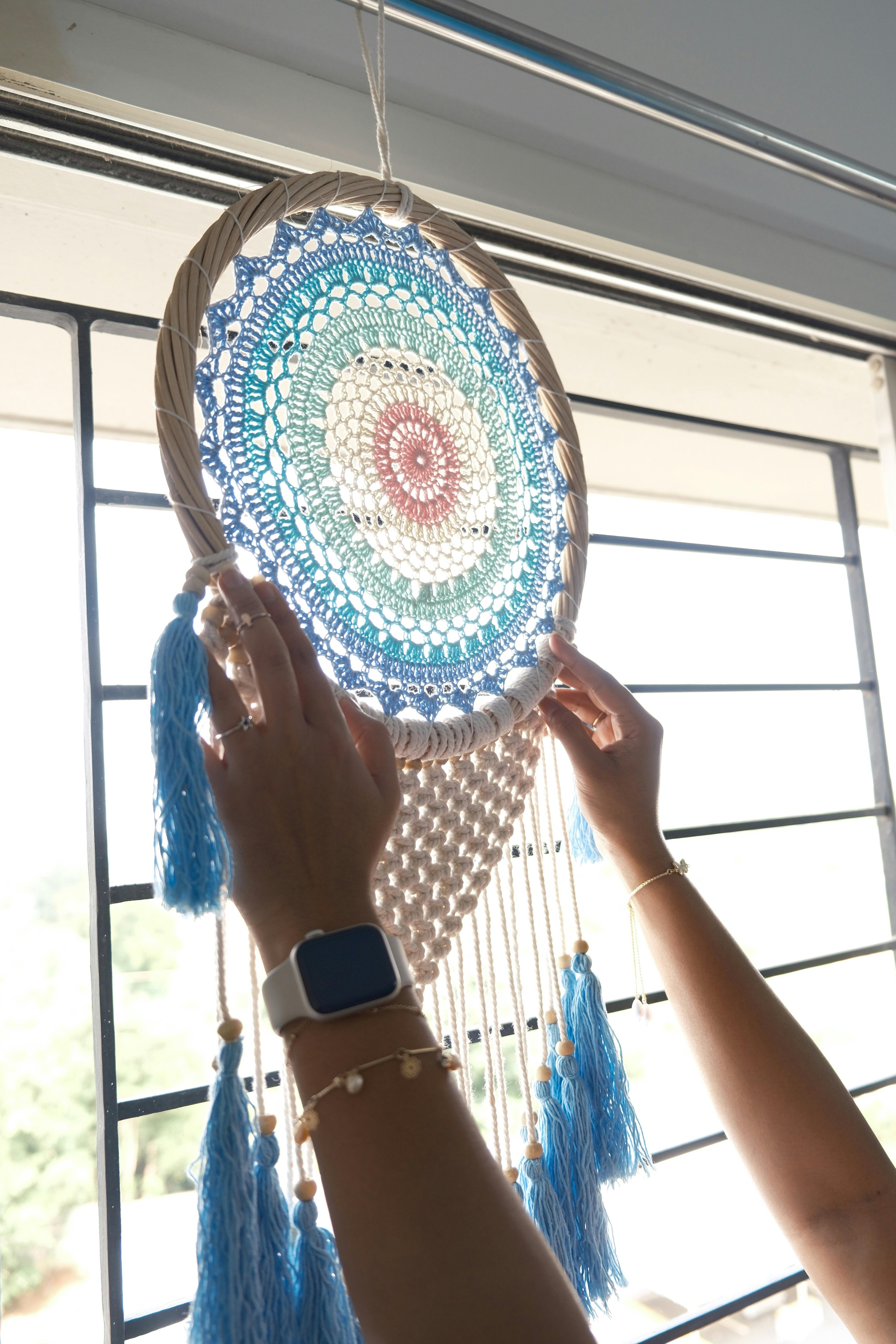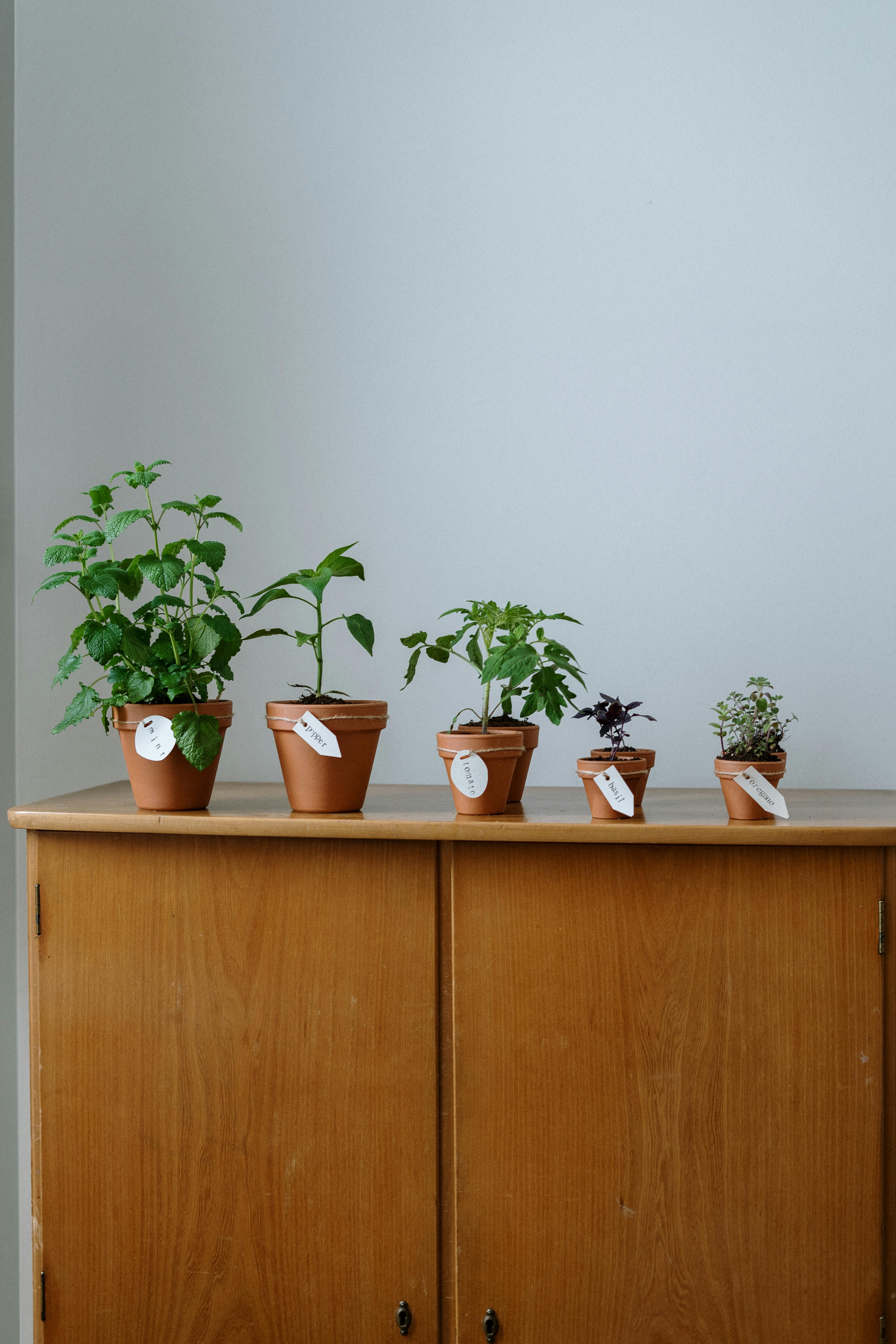Smart Ways to Stream Your Phone to TV: Essential Tips for 2025

Effective Ways to Connect Your Phone to TV: Modern Techniques for 2025
In the fast-paced world of technology, connecting your phone to your TV has become an essential skill for anyone wanting to enjoy their favorite content on a larger screen. Whether it's streaming a movie, sharing photos, or gaming, knowing how to effectively connect your phone to your TV can enhance your viewing experience significantly. This guide dives into the myriad of methods available today, showcasing both wired and wireless options that make it simple to share content.
Connecting your phone to your TV allows for the convenience of accessing videos, photos, and apps directly on a bigger screen. Modern TVs possess various technologies enabling seamless interaction with smartphones, and this article will explore effective techniques such as using HDMI cables, wireless display options, and smart devices like Chromecast and Apple TV.
Throughout this article, you'll discover practical steps to set up your phone with your TV, troubleshoot common connectivity issues, and learn about the best apps that facilitate screen sharing. By the end, you’ll also be equipped with strategies for maximizing your home entertainment system.
Join us on this enlightening journey as we uncover the most effective ways to connect your phone to your TV, providing the keys to an enjoyable media sharing experience.

Essential Guide to Phone-to-TV Connection Methods
Understanding the various methods available for phone-to-TV connections is the first step towards enhancing your media experience. This section will explore both wired and wireless techniques suitable for modern home setups.
Wired Connections: HDMI and USB
One of the most straightforward methods to connect your smartphone to your TV is through a wired connection using an HDMI or USB cable. This technique provides a stable and high-quality audio and visual output. For smartphones, you will need an HDMI adapter that fits your device—USB-C for most Android devices and Lightning for iPhones.
Once you've connected the proper adapter to your phone and linked it to your TV with an HDMI cable, you may need to select the correct input channel on your TV. Most TVs will automatically detect the device; however, you might need to navigate to the settings if it doesn't.
Using USB may also allow for specific wired connections, especially for media transfer, but HDMI typically provides the best results for video streaming. Always ensure you select the appropriate settings for the best video resolution on your TV.
Wireless Display Connections: Screen Mirroring
If you prefer a wireless connection, screen mirroring allows you to project your phone's display directly onto your TV. Popular methods include Apple AirPlay for iPhones and Miracast or Chromecast for Android devices. These technologies enable a seamless experience where you can display your entire smartphone interface on the big screen.
For iPhone users, enabling AirPlay is straightforward—just swipe down to access the Control Center and select Screen Mirroring to find your Apple TV or compatible smart TV. For Android devices, the process can vary; ensure your device and TV are connected to the same Wi-Fi network, then initiate the screen mirroring feature from the settings menu.
The wireless display has the advantage of ease of use and mobility, allowing you to move around while still engaging with your content. However, do note that there might be some lag depending on your Wi-Fi network.
Using Smart TV Features
Most modern smart TVs come with built-in applications designed to connect with mobile devices effortlessly. You can explore various features to link your phone with your smart TV, such as DLNA support for media sharing or proprietary apps like Samsung Smart View for linking Samsung devices.
Check out the compatibility settings of your smart TV or consult the brand’s app store for available options. Establishing a connection through these apps typically involves ensuring both devices are on the same network and following the on-screen prompts.
Top Wireless Phone-to-TV Casting Methods
Building on the various wireless methods to connect your phone to your TV, you can leverage different technologies to enhance your viewing experience, such as Chromecast or Apple TV.
Streaming with Chromecast
Google's Chromecast is one of the most popular streaming devices that allows you to cast media from your smartphone to your TV effortlessly. Once set up and connected to your TV’s HDMI port, you can simply use apps compatible with Chromecast, such as YouTube, Netflix, and Spotify. The casting process is initiated from the app by tapping the Cast icon and selecting your Chromecast device.
This method excels in providing high-resolution video streaming while maintaining a user-friendly experience. Just keep in mind that your phone and Chromecast should be connected to the same Wi-Fi for it to work.
Leveraging Apple TV
For Apple enthusiasts, utilizing Apple TV enables a seamless connection from iPhones and iPads. By establishing a connection through Wi-Fi, you can easily mirror your device’s display or stream content using apps designed for Apple TV.
Using AirPlay allows you to share photos, music, and videos while keeping your phone's interface intact on your TV. To initiate, simply select the AirPlay option from the Control Center, making it an intuitive choice for Apple users to expand their device functionality.
Bluetooth Connectivity
Many TVs also support connectivity via Bluetooth, allowing for the transmission of audio directly from your phone. This is ideal for listening to music or podcasts, although it may not offer video playback capabilities. Ensure your TV is set to discoverable mode, then pair it with your phone through the Bluetooth settings.
While Bluetooth connections are simple and quick, be aware that they may limit video functions and can introduce audio latency compared to wired or streaming methods.

Setting Up Phone-to-TV Connection: A Step-by-Step Approach
With the basics covered, let’s delve into a practical, step-by-step approach to establishing a reliable connection between your phone and TV. This knowledge will help facilitate smoother setups for any technology user.
Pre-Connection Preparations
Before initiating any connection, it's important to ensure both devices are prepared. This includes updating your TV's firmware and checking for updates on your mobile device to ensure compatibility with the latest streaming protocols. Limiting interference while locating devices in close proximity increases the chances of establishing a quick connection.
For wireless methods, double-check your Wi-Fi connection to ensure both devices are functioning correctly. Use a strong and stable signal, as weak connections can lead to frustrating interruptions during streaming.
Connecting to HDMI or Screen Mirroring
To connect with an HDMI cable, insert the cable into the corresponding port on the TV and adapter, select the appropriate HDMI source on the TV, and you're set. For screen mirroring, whether utilizing AirPlay, Chromecast, or Miracast, initiate from your phone’s options and follow the on-screen instructions to pair your devices. Keep an eye out for any prompts requiring permission or confirmation on either device.
Once connected, enjoy your selected content, whether it’s videos, music, or presentations coming to life on the big screen.
Troubleshooting Common Phone-to-TV Connection Issues
Occasionally, you might run into problems while trying to connect your phone to your TV. Here, we’ll cover some common issues and their solutions to help you navigate them effectively.
Connection Problems: Identifying the Causes
If you find that your phone is not mirroring to your TV, begin by confirming that both devices are on the same network for wireless connections. Restarting both devices can often resolve persistent connectivity issues, as will ensuring appropriate permissions are granted on your phone for mirroring apps.
If using HDMI, inspect cables for wear or failure, and ensure that both ends are securely plugged into the appropriate ports.
Audio-Video Sync Issues
For users experiencing audio lag or video sync issues during streaming, consider checking the video resolution settings on your TV. Lowering the resolution may resolve any latency if streaming shows or videos. Additionally, switching the display mode from auto-adjust to full screen can sometimes fix frame-rate discrepancies.
Another tip would be to disconnect and reconnect your devices to reset the audio-video output, ensuring they align properly.
General Connectivity Tips
Keep all your devices’ software updated, as manufacturers regularly release updates to improve compatibility and connectivity. When in doubt, refer to the user manuals or support forums for guidance specific to your device. Whether understanding screen mirroring protocols or checking video formats supported by your TV, familiarity with your technology can alleviate many common issues.
Q&A: Common Questions About Phone-to-TV Connections
Can I connect my old mobile phone to a new smart TV?
Yes, older phones can connect to smart TVs, typically through HDMI cables or compatible casting apps. Ensure that the required protocols are supported by both devices.
What are the best apps for connecting my phone to my TV?
Numerous apps support this functionality, including Google Home for Chromecast users, Apple TV for iPhone, and various Miracast implementations for Android devices.
Is there a way to connect my phone to a non-smart TV?
Certainly! Using an HDMI cable with an adapter is the most effective way to connect a smartphone to a non-smart TV. Alternatively, consider using devices like Chromecast or streaming sticks to enhance connectivity.
Final Thoughts on Connecting Your Phone to TV
In summary, connecting your phone to your TV opens a world of possibilities for enhancing your viewing experience. From utilizing modern techniques like screen mirroring and casting to traditional wired methods, there’s a solution for every user and setup. Embrace these methods to enjoy movies, music, gaming, and more—all from the comfort of your couch.
With practical knowledge at your disposal, you'll be able to troubleshoot various issues, fully utilize available technologies, and optimize your setup for an enjoyable media-sharing experience. Happy streaming!